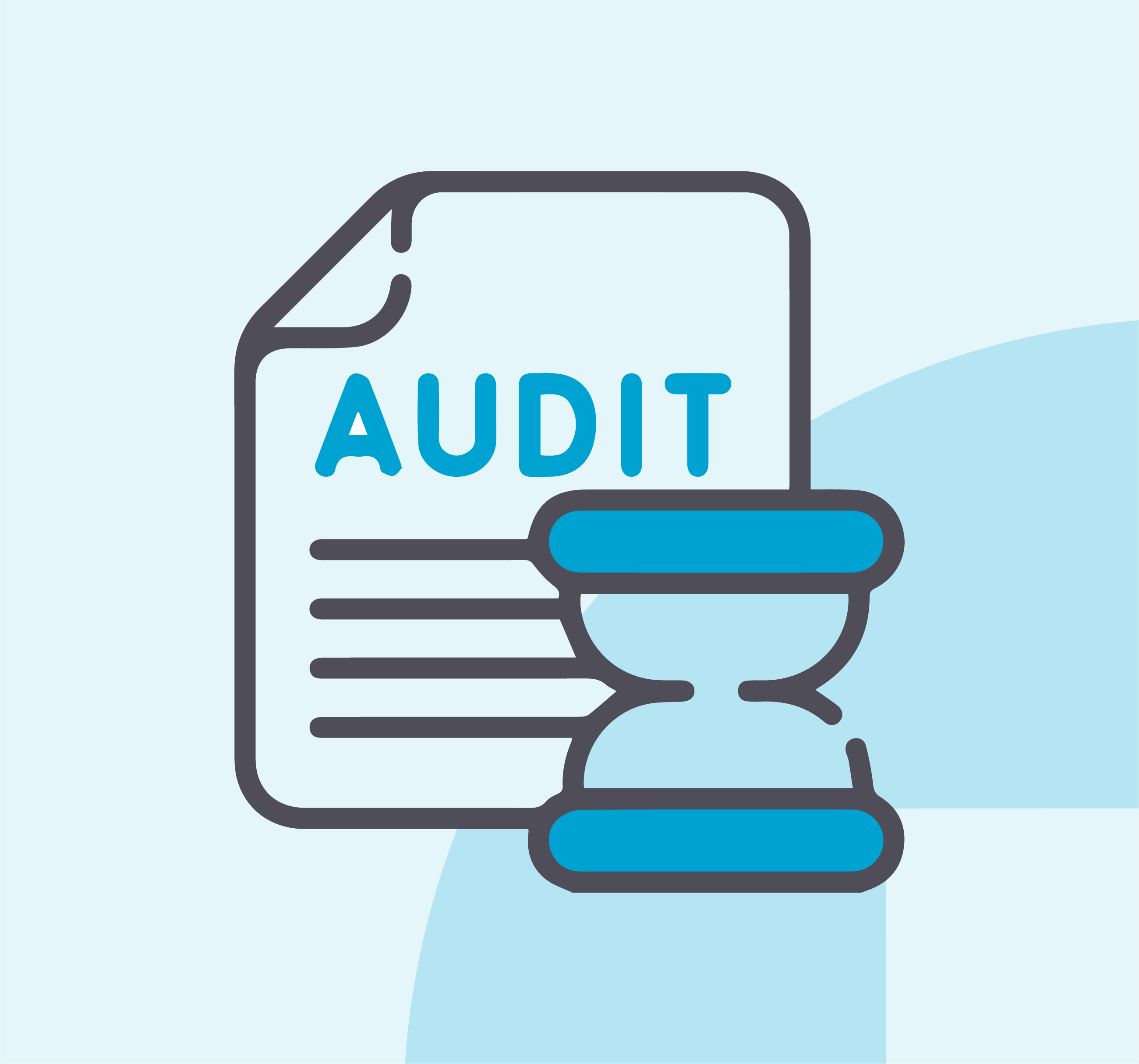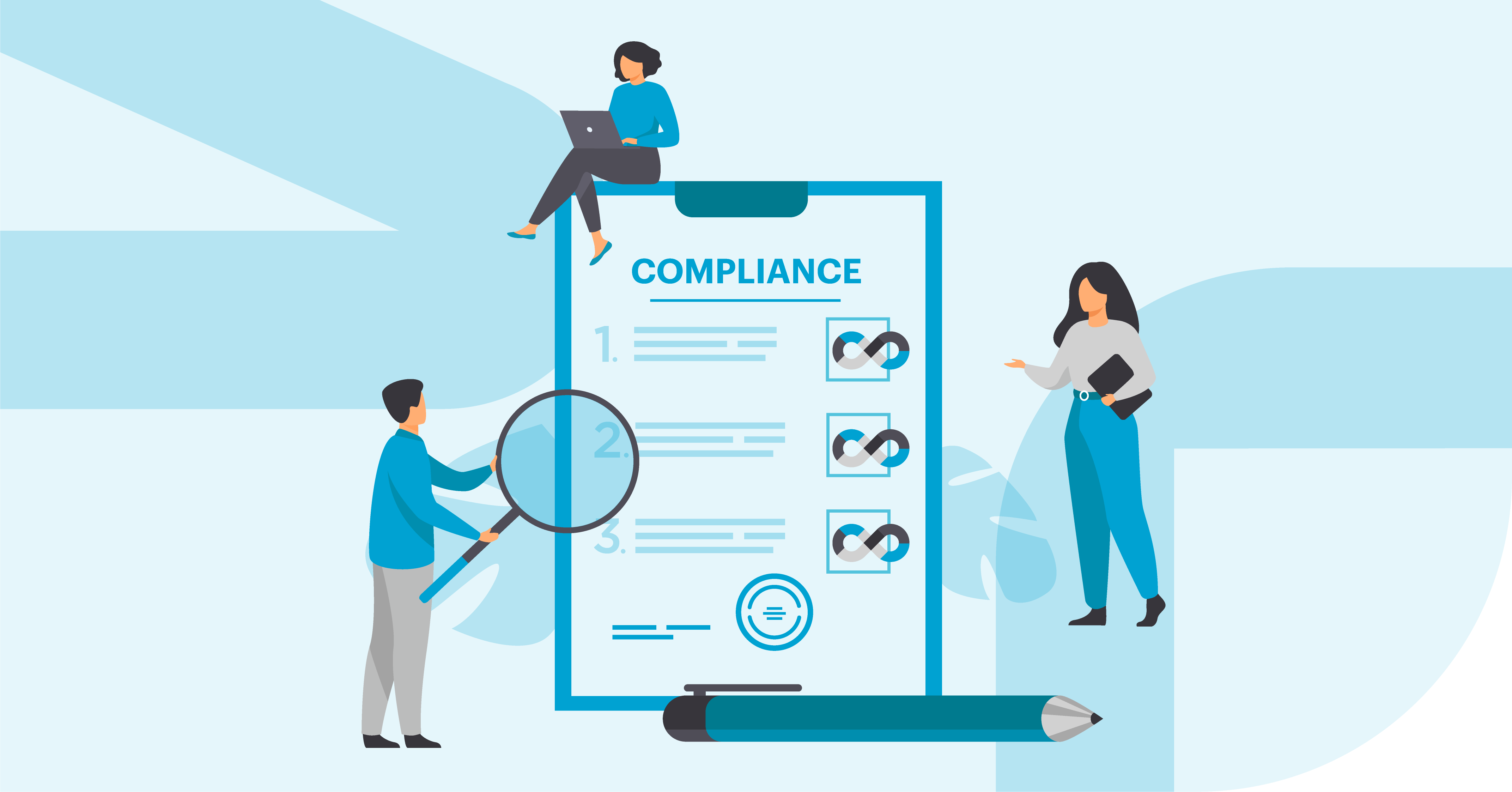There’s a “need to raise the bar, and keep raising the bar because it’s getting riskier and riskier.” This is James Barrese’s take on cyber-security compliance, the former CTO of PayPal. I find this perfectly sums up the increasing rate of vulnerabilities emerging, putting your organization at risk. Privacy has become one of the hottest topics in the world. So pay attention.
When it comes to DevSecOps compliance and governance, distinctions need to be made since they’re two similar concepts with the same goal. Governance involves the controls your business has in place to reduce misconfigurations and security breaches. Compliance in DevSecOps mainly consists of automating security controls, for maintaining the efficiency of DevOps processes.
Oftentimes engineers and management hear of compliance and think of a road bump slowing down the delivery of products at the high pace DevSecOps desperately aims to achieve. This blog will attempt to help us overcome this mindset. When done properly, DevSecOps and compliance can achieve amazing synergies in both regulatory compliance and cybersecurity.
A Best Practice: Compliance-as-code
A gold standard practice used in DevSecOps which will create an environment where compliance can effortlessly be scaled and requirements are easily met is Compliance-as-code. Using code to automate prevention, detection, and remediation of non-compliance in your organization. It can also report on the status of your DevSecOps CI/CD pipeline if properly integrated.
It prevents non-compliance by automatically assuring planned changes and configurations are compliant with the security benchmarks you decide. It detects non-compliance by automatically monitoring, tracing, and alerting the relevant employees of suspicious behaviors. Finally, it remediates non-compliance by making necessary changes to the applications straight away.
RELATED COURSE
Compliance as Code for AWS using Checkov
Imagine you're regularly checking your team's Terraform scripts for deploying AWS resources, manually. Wouldn't it be great to automate this process for you and your team? This course will teach you how to enforce secure AWS configurations in Terraform!
Benefits of Compliance-as-code
If you’re still not sold, here are some benefits of implementing compliance-as-code:
- Standardization and consistency across servers
- Leaving an audit trail
- Scaling compliance with ease
Standardization and Consistency Across Servers
When you apply compliance-as-code, you set rules and specifications for how the code will automatically create your compliance rules. This means that when new servers require following compliance rules, they’ll be in the same format as your other servers, meaning that.
Manual compliance audits are prone to human error, in the form of consistency or accuracy. Compliance-as-code removes ambiguity and treats all resources equally.
Leaving an Audit Trail
Using compliance-as-code in your software delivery lifecycle (SDLC) you can create a log of audit trails so you can see who made what changes, when, and why. Any stakeholder can take a look at the health of your compliance status at any point in time with the transparent environment created. You can easily check when compliance standards are not being met.
Scaling Compliance with Ease
Once you have it set in place, growth and compliance go hand-in-hand. Introducing new systems is easy, all you have to do is integrate the compliance bundles, then checks will be automatically made. It saves time for both your developer and security teams. Developers, at any point, can check whether compliance is in place so there’s no need to call in the security team every time there’s uncertainty. Additionally, security teams can update the compliance bundle whenever there are regulation changes (internal or external).


Tools for Compliance-as-code
Compliance-as-code is the translation of business operational risk and regulatory compliance into code. The developer wants to disentangle the specification, implementation, and enforcement of compliance rules in the code. once translated, tools such as OPA (Open Policy Agent) continuously monitor the services defined in the created policies and automatically take actions specified in the policies. OPA allows you to specify your compliance policies in high-level, declarative languages (specifying what needs to be done) to help offload policy decision-making.
Tools like Checkov manage and analyze compliance-as-code scan results across multiple platforms before being deployed to the environment, including:
- Terraform
- CloudFormation
- Kubernetes
- Helm
Everable’s Here to Help!
Now that you’ve read about all the benefits of shifting compliance left, alongside which tools can help with the process, you may still be left thinking “how do we get there?” No worries! Everable is here with our amazing up-skilling platform, providing you with numerous courses related to learning and practicing DevSecOps. With regards to compliance-as-code, we offer two great courses at your fingertips:
Compliance as Code for AWS using Checkov
At the end of this course, you will know how to secure AWS resources before deployment using Terraform, through scanning infrastructure-as-code definitions against a baseline of known vulnerable patterns.
Compliance as Code with Terraform and OPA
In this course, you will learn how to automate compliance as code properly. Learn how compliance as code can be enforced on your infrastructure as code scripts to prevent common mistakes in the early stages of the development lifecycle.
If you’d rather speak to one of our experienced reps about how we can tailor sets of courses to suit your organization’s needs you can set up a demo call here.
